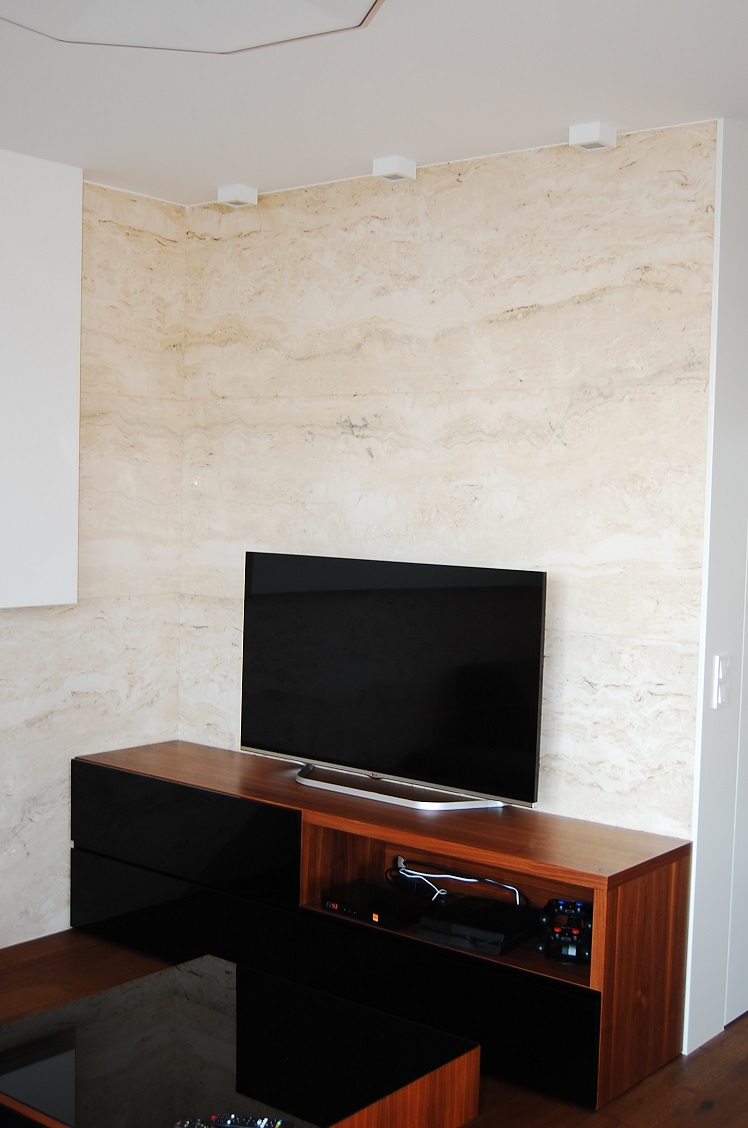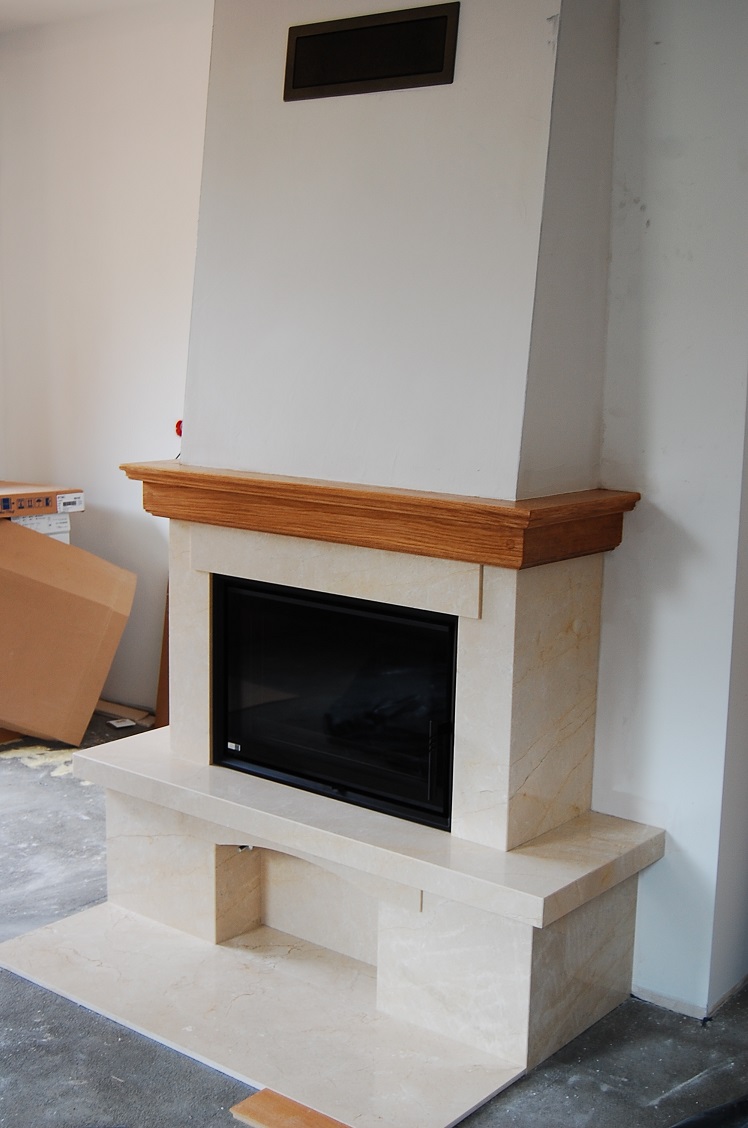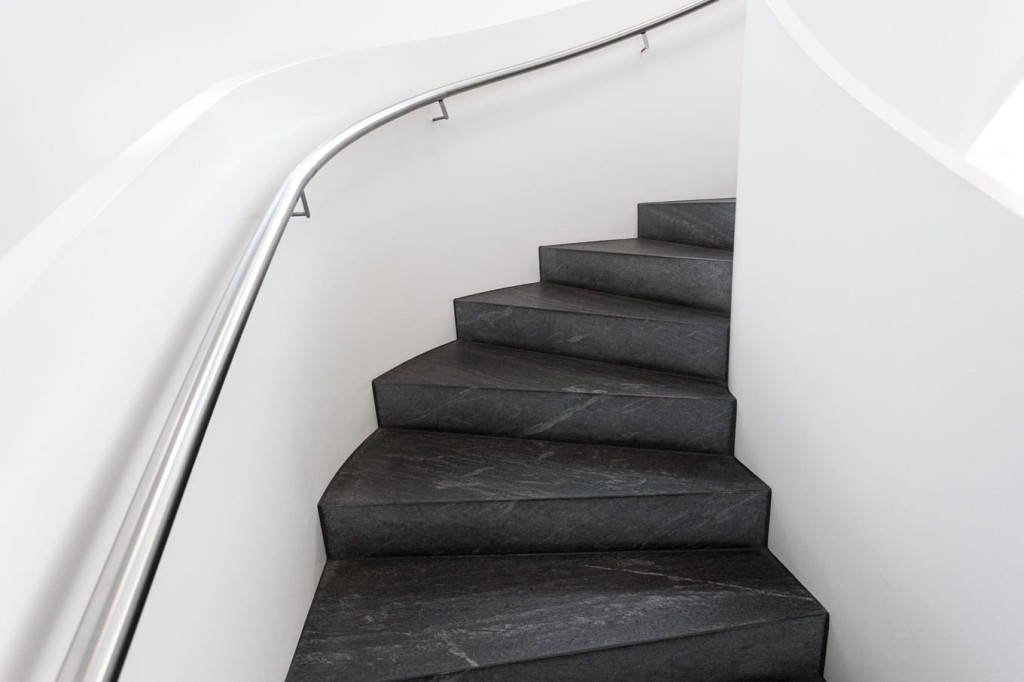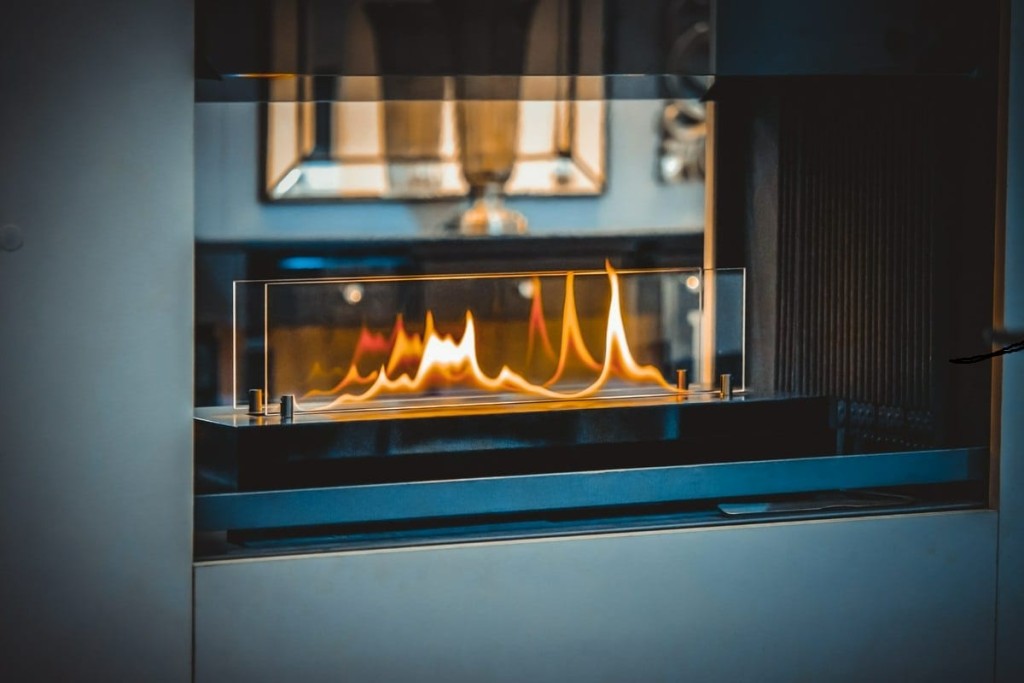Travertine and its applications
Travertine, a decorative wall coating plaster is a luxurious material most frequently used by interior designers due to its unusual surface, with visible pores and open cavities. It ideally complements both classic and modern interiors. Travertine is a symbol of sheer elegance and it is a versatile option for every interior. It is a luxurious and unrepeatable stone, no two equal stones can be found.
What is travertine?
Travertine is nothing more than a porous sedimentary rock composed mainly of calcite and aragonit. It is a variation of calcareous. It is most frequently found in white, often with yellow or red stratification.
Travertine application
Natural finishing decorative materials create a unique ambiance and a ravishing end result. They also have a positive effect on our mood. There are materials almost unaffected by the passage of time, owing to which their perception and beauty remain unchanged. Such is travertine.
Travertine, a decorative wall coating plaster, commonly referred to as Egyptian alabaster, since it was already used in ancient Egypt. Nowadays it is widely used due to its comparatively easy treatment and mounting. However, because of some of its properties it has some limitations. Its porous surface impairs its resistance and as a consequence travertine is a brittle material. As it is prone to damage and scratching, it should be handled with care. However, travertine has a lot of advantages, one of which, is its aesthetics, which makes it ideal as a decorative stone.
What is more, travertine ideally complements other decorative finishing materials, so it can easily be used in every interior.
1.External stone stairways – not commonly used because of its low resistance to damage and scratches. So if we do not want to invest into new stairs every year, we have to invest into more resistant material.
2.Kitchen worktops - it is becoming more and more popular for kitchen worktops. Travertine is mostly chosen by the people who opt for more classical decor. It looks very elegant in the kitchen. However, if we want to chop meat for example, we should use a cutting board. Only in this way, can we preserve its beauty and enjoy it for many years to come.
3.Fireplace surrounds – travertine will add originality to a fireplace surround because of its porous surface and numerous cavities. However, it needs to be protected against dirt. If we apply resin or stone dust coating to its surface, we will have it easier to remove minor impurities. Travertine in the colour of gold or honey, which does not need any additional setting is a perfect material for firestone surrounds.
4.Floor cladding - floors cladded with travertine particularly work fine with electric floor heating, as they keep warmth much longer.
5.Elevations of buildings – travertine slabs are ideal for building elevations, which many an investor has already found out, and many more are beginning to implement the idea of having a travertine cladding. The material, which is first impregnated looks really amazing.Jak widać trawertyn ma bardzo wiele zastosowań, dlatego tylko od nas zależy do czego go wykorzystamy. Pamiętajmy, że jest to kamień luksusowy, który nada naszemu wnętrzu elegancki i oryginalny charakter, stąd też warto go wykorzystywać w wykończeniach.
As presented above, travertine is a versatile material, which can be used in a number of ways. It is up to us how and where we will apply it. One has to bear in mind that it is a luxurious stone, which will add elegance and uniqueness to our interiors and it is worth using it. For this reason, travertine is perfect as a finishing material.
Marble and its usage
Marble is a popular metamorphic rock which has been used as a building material since ancient times. It forms as a result of transformation from limestone, less frequently from dolomite. In Poland it is quarried mainly in the Sudety Mountains to be later used in various decorative arts. The usage of marble is enormous. Let’s take a closer look how and where marble can be applied.
Marble - properties
Marble is a widely used material, yet in order to understand what it can be used for, we have to get to know its properties. Marble is a classic material, commonly used by stonemasons yet, discovered by them every time it is treated. Its broad palette of colours and its neutral texture make it an ideal material for various styles in interior designing.
Honing of marble takes time and effort. Marble is a rock of good physical properties. The possibilities of how to use it in a creative way in the are of decorative arts are limitless.
Marble countertops
Kitchen worktop is a focal point of every kitchen. Although marble worktops are absorbent, with low resistance to liquids, if well looked after, however, they will serve us well for many years. Its regular maintenance with a specialist impregnant reduces liquid absorption.
Marble window sills
Marble sills are appreciated mainly for their aesthetic appearance. As they have low resistance to water, they should be properly protected and impregnated. In order to prevent humidity from getting inside our home, we should seal our window in winter.
Marble fireplaces
Marble fireplace surrounds are often used in interior designing. Marble is characterised by strong resistance to high temperature. Moreover, marbles are found in a wide variety of colours and textures. Constructing a marble fireplace surround is not difficult, however, it is necessary to take the decision about the type of stone used before an installation.
Marble - floor cladding
Floor cladding made of marble is not the best of solutions. It is not a suitable material for finishing floor mainly because of its porous texture and hush water absorbance making marble floors difficult to keep it clean. It is worth remembering that marble floor needs a special maintenance. Marble slabs are glued to floor surface by means of a specialist mortar and not cement be use it could cause permanent discolourations. We can make marble stairs, bathroom trimming. There is a wide selection of specialist products to protect, clean and maintain this stone. It is our own decision how and where we are going to use it.
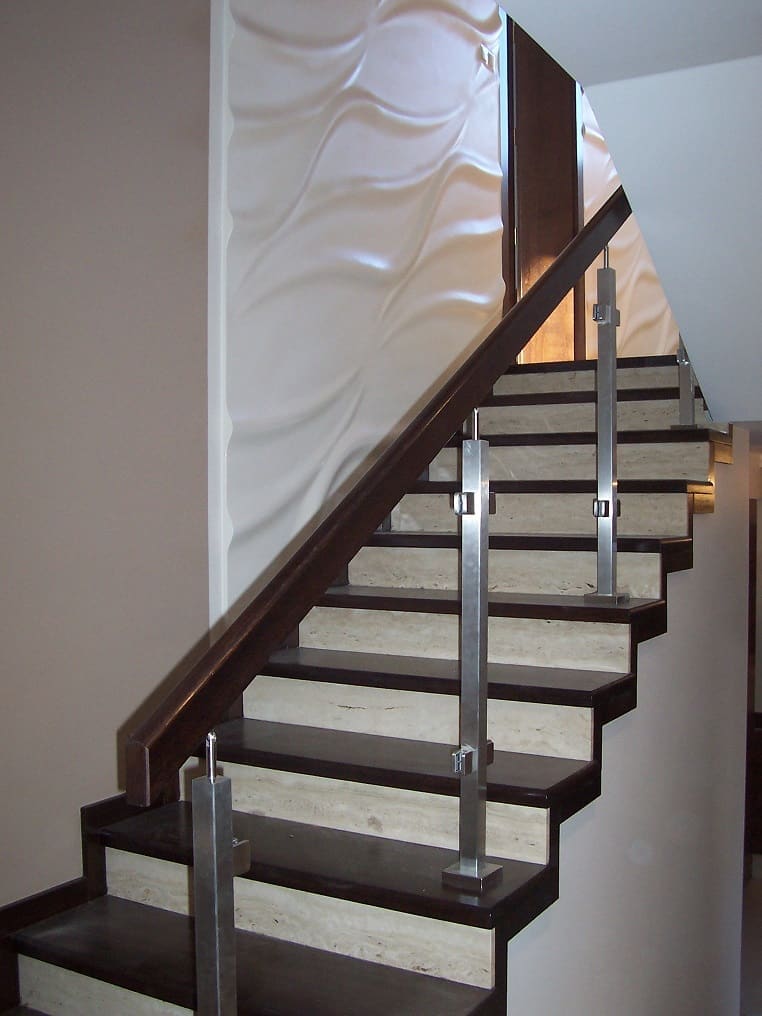
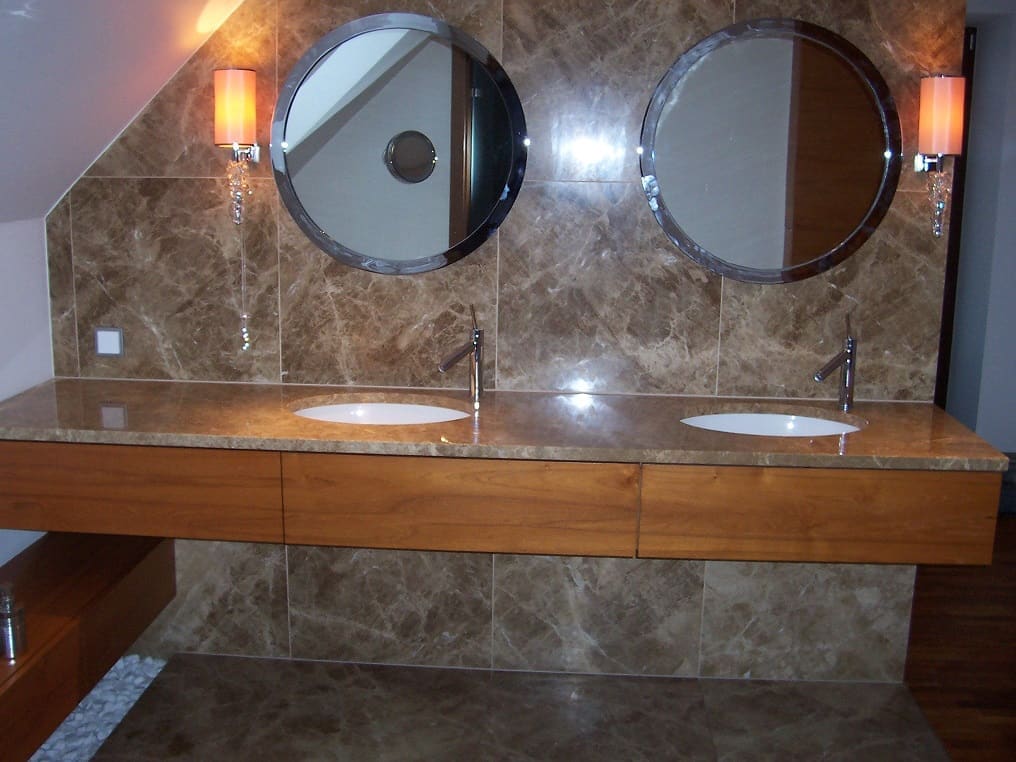
.jpg.w,1280.759.jpg)


